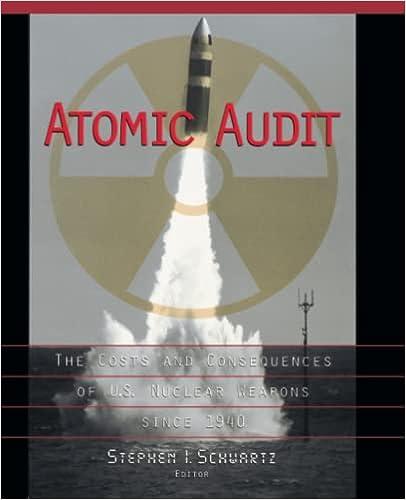Answered step by step
Verified Expert Solution
Question
1 Approved Answer
Haynes, Inc., obtained 100 percent of Turner Company's common stock on January 1, 2017, by issuing 10,000 shares of $10 par value common stock. Hayne's


Step by Step Solution
There are 3 Steps involved in it
Step: 1

Get Instant Access to Expert-Tailored Solutions
See step-by-step solutions with expert insights and AI powered tools for academic success
Step: 2

Step: 3

Ace Your Homework with AI
Get the answers you need in no time with our AI-driven, step-by-step assistance
Get Started


